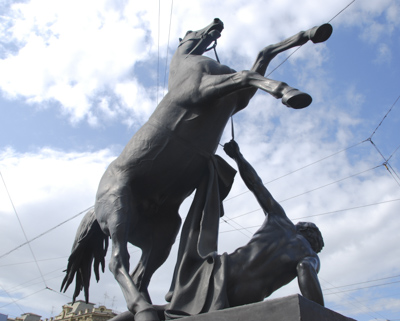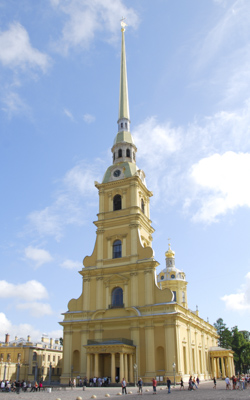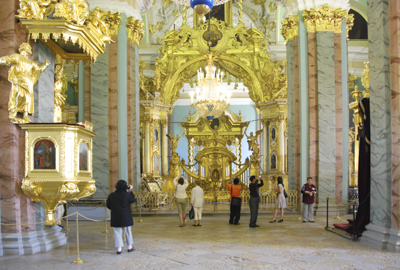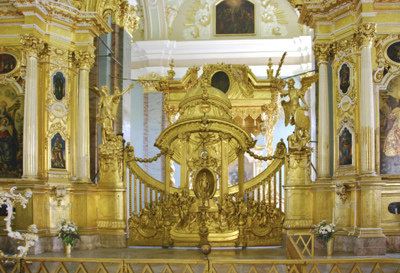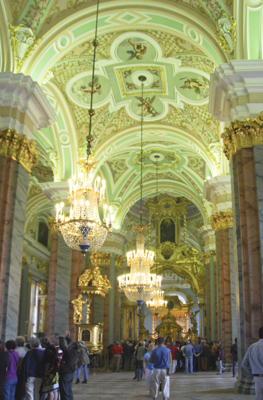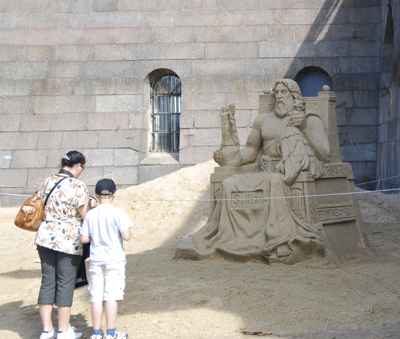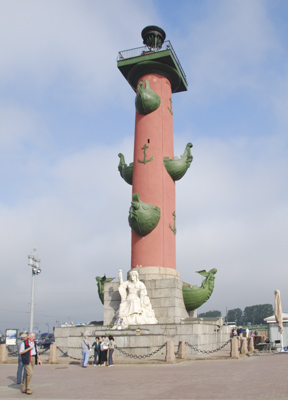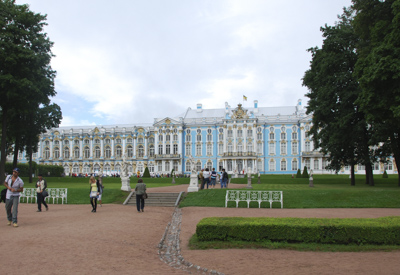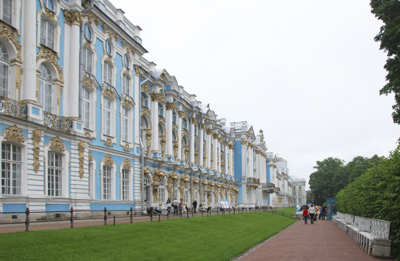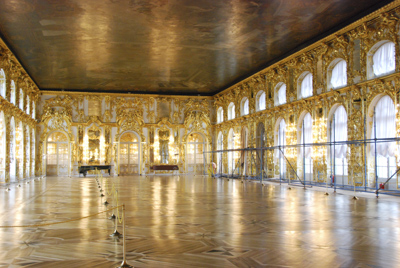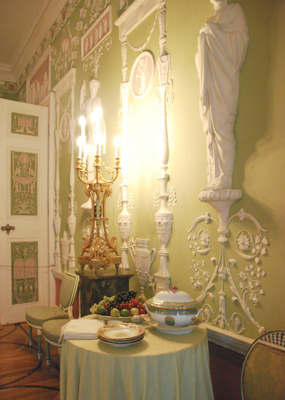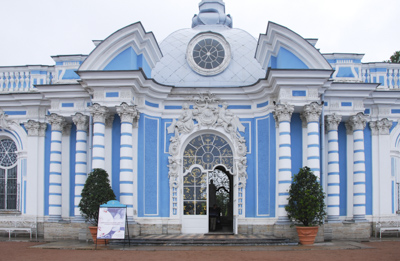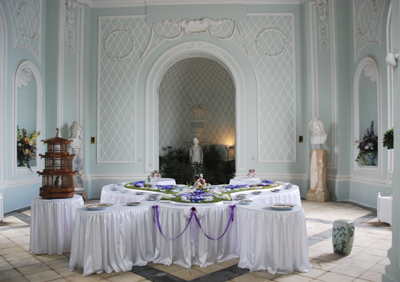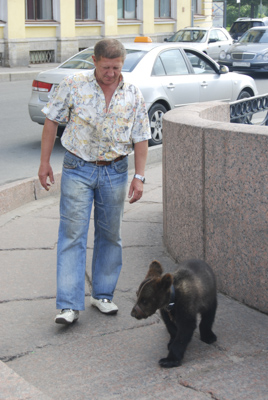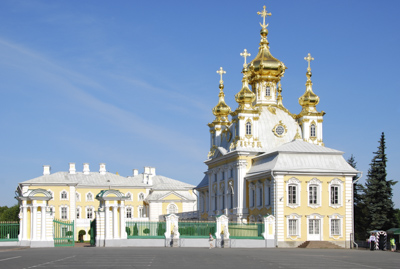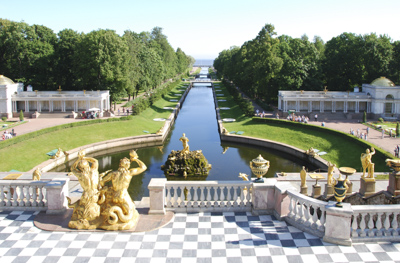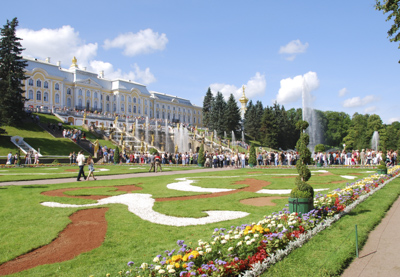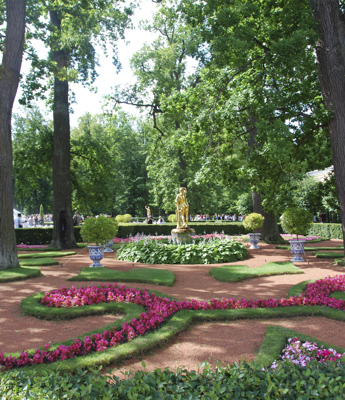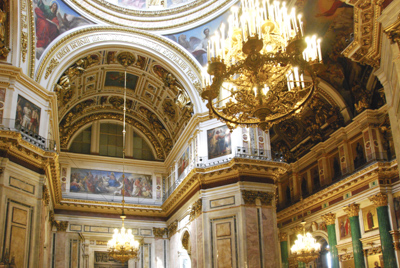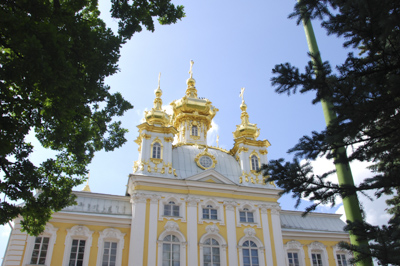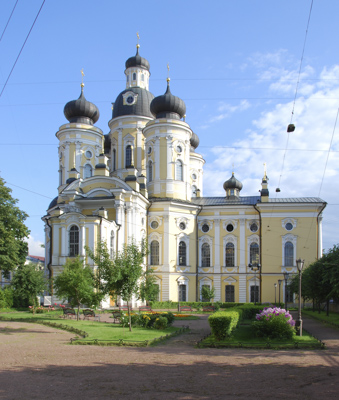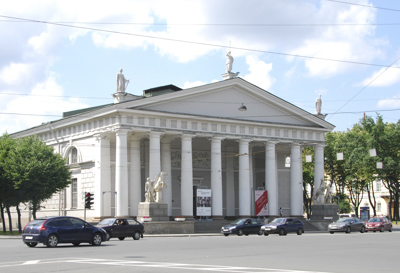July 23, 2009
I had always wanted to visit the famous Hermitage Museum in Saint Petersburg, Russia. Because of language and transportation issues, we booked the trip through a travel agent. She arranged for us to have a guide and a private car during our five day tour of the city. My husband and I obtained our tourist Visas at the Russian embassy in Manhattan and off we went….
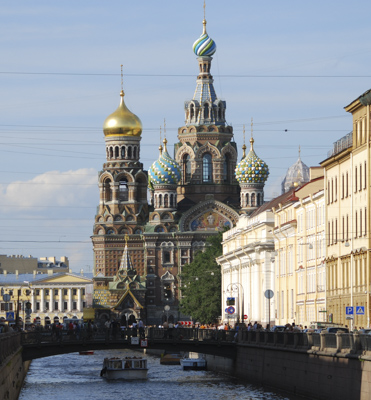
St. Petersburg is a port city on the eastern end of the Baltic Sea on the River Neva. Formerly known as Petrograd and then Leningrad, the city was founded by Tsar Peter the Great in 1703.

We settled into the Dostoevsky Hotel (named after the author who had lived nearby) and later explored the neighborhood on our own.

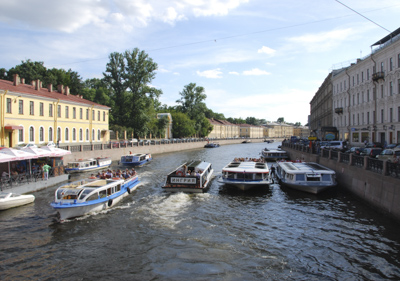
We walked along the Nevsky Prospect, the three-mile long avenue which is the heart of the city, and admired the impressive architecture of the buildings.

Off the main avenue we found tiny St. Catherine’s Armenian Church. We went into the bright blue building to look around.
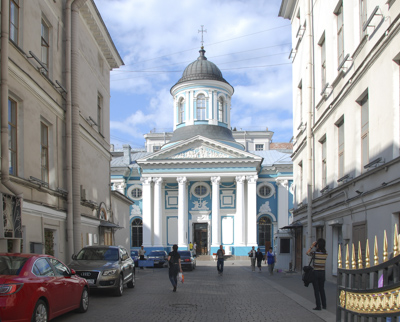
Our guide, Sergey, and driver, Ivan, picked us up in the morning and drove us to the magnificent Hermitage Museum.
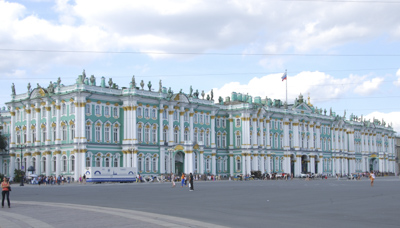
The collection began when Empress Catherine the Great began to collect art in the 1700s. Today it is the second largest art museum in the world after the Louvre.
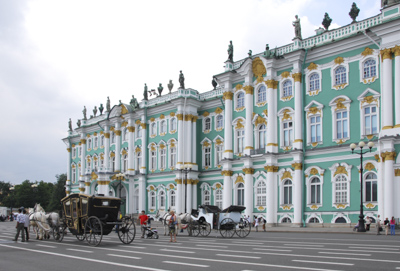
The Hermitage contains 1,500 rooms in six buildings but the main part of the museum is in the Winter Palace which was the home of Russian Czars until 1917.
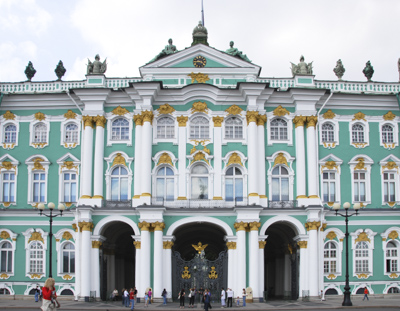
There were long lines to buy tickets, but Sergey’s guide pass allowed us to enter immediately. It was a thrill to walk up the magnificent staircase.
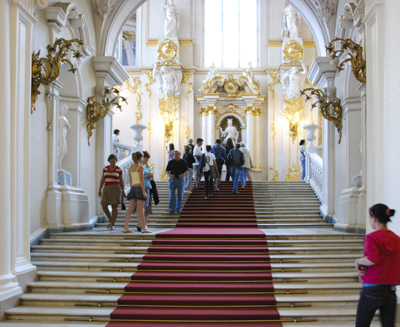

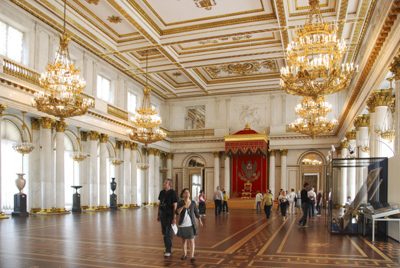
Every room was magnificent and overflowing with opulence. The art collection was very impressive.
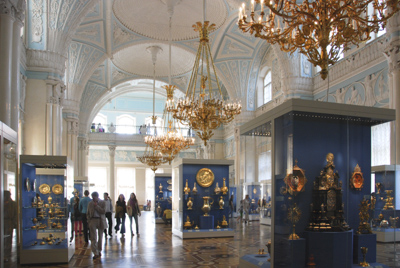
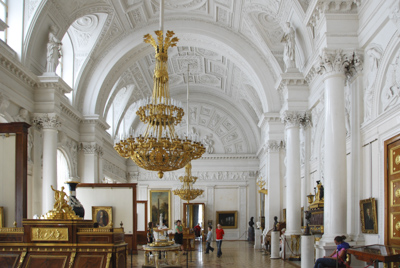
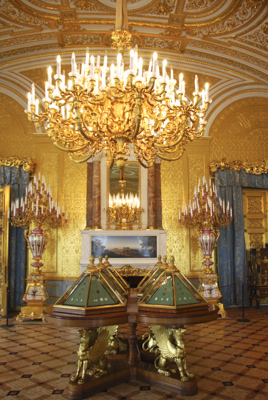
We could have spent many many days exploring each sumptuous room and viewing the incredible art objects.


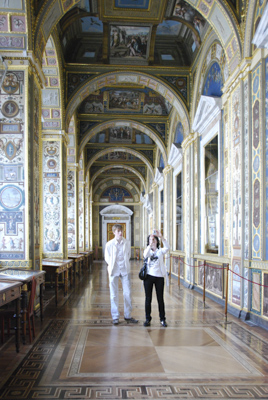
Visiting The Hermitage was one of most thrilling experiences of my life. However, I would like to return someday and see the collection again at a more leisurely pace.
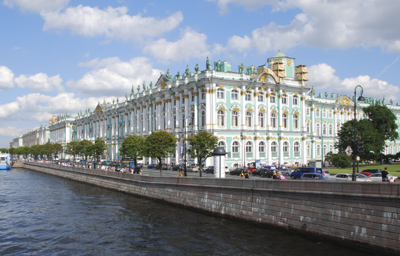
St. Petersburg is a very impressive city. The statue below is one of four on one corner of the Nevsky Prospect:
